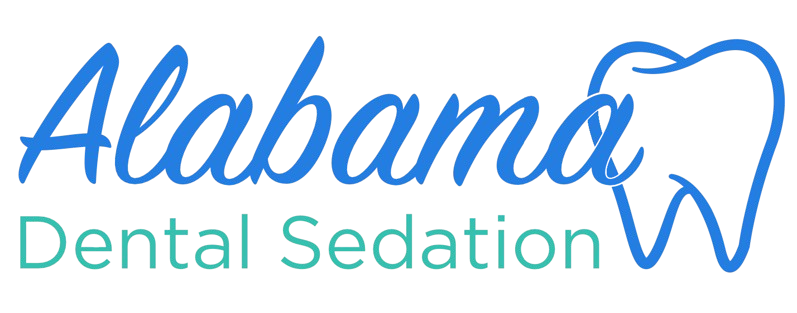Benefits of Office-based Sedation
-
Patients enjoy the comfort and familiarity of going to a place they know and
being treated by staff they are comfortable with.
-
Treatment is generally available significantly faster than the hospital; we
can often book you in office within 4-6 weeks instead of months.
- There are no cumbersome parking fees.
- No guessing at what the costs will be.
- Direct doctor communication and support at every step.
What We Can Do
Let’s face it, dentistry can be scary. Our goal is to provide our patients and
their families the top-quality, personal touch missing in many medical
environments. We are able to provide hospital-quality general anesthesia
services at an affordable price, often much more quickly than is available at
the hospital.
- Pediatric Patients
- Dental Phobic Patients
- Prior Failed Nitrous or Local Anesthesia
- Sensitive Gag Reflex or Low Pain Threshold
Meet our Doctors
Tashina Smiley, DMD practices at Children and Teen Dental Gardendale and Trussville Pediatric Dentistry
Michael Holmes, DDS practices at Children and Teen Dental Gadsden
What is sedation, and why do I need it?
Anesthesia is medicine given so that a patient can undergo a medical or dental
procedure without having any awareness or pain throughout. It can be given
through an IV or breathed in through a patient’s nose and mouth.
Is sedation safe for my child?
All patients treated in the office setting are treated based on current American
Society of Anesthesiology (ASA) and American Society of Dental Anesthesiology
(ASDA) guidelines and recommendations as well as state or local regulations.
While we can never guarantee 100% that something unexpected may not occur, we
are trained and equipped to handle a significant number of possible anesthesia
emergencies. The most common risks for anesthesia on healthy patients are mild.
They typically include things like post-operative pain, bruising, or nausea.
More rare complications are things like unexpected drug reactions/interactions,
injury to tissues, or headaches.
Before Sedation
You and your child will speak to a nurse or doctor and will answer questions
about any medical problems or procedures that your child has had, any family
problems with anesthesia, any medicines your child is taking, and be given
instructions on when to stop eating and drinking the night before their
procedure.
During Sedation
Before administering the medicine, monitors to watch your child’s blood
pressure, heart, and oxygen level throughout will be applied, and they are
monitored as they are going to sleep, throughout the procedure and as they wake
up. We place a mask that they breathe from which will deliver oxygen and the
anesthesia gas which will have them drift off to sleep. Once asleep, we start an
IV to deliver other medications to keep your child comfortable throughout the
procedure. We also place a breathing tube in the throat while asleep to breathe
for your child while asleep. While asleep, medicine to treat pain and prevent
nausea are given so that your child will be comfortable when they wake up.
After Sedation
Kids who have general anesthesia go to the PACU (post-anesthesia care unit)
after their procedure. In the PACU, doctors and nurses watch kids very closely
as they wake up. Parents usually can join their child in the PACU. Expect your
child to be sleepy for an hour or so. Some kids feel sick to their stomach,
irritable, or confused when waking up. They may have a dry throat from the
breathing tube.


